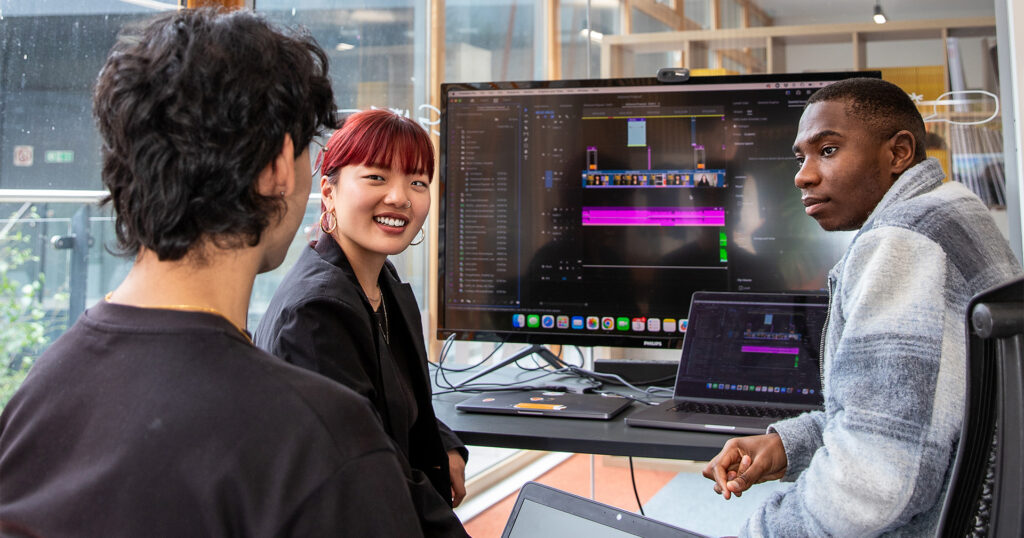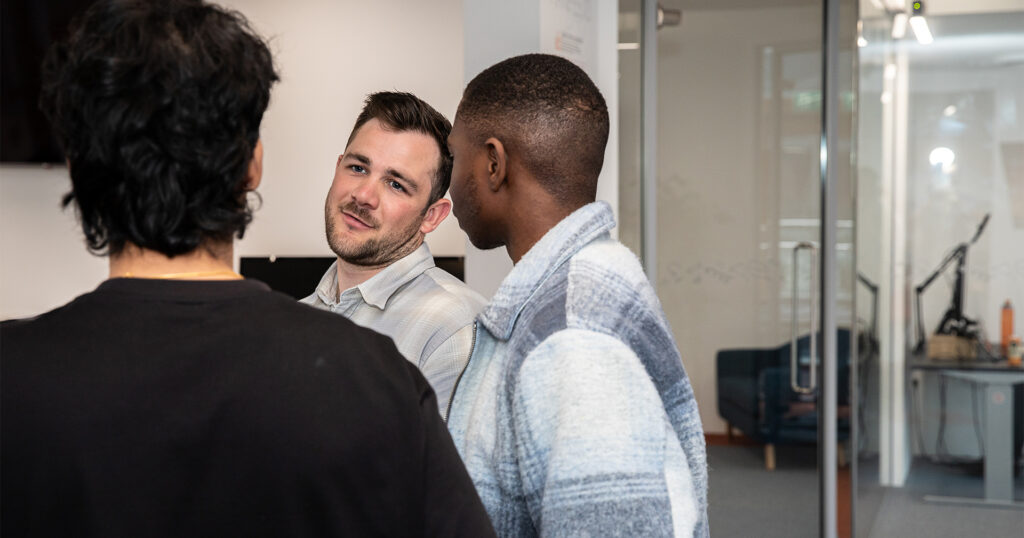Is AI here to replace the power of human teams? It might not be so stark. Yet there are some important things to consider as AI takes centre stage. Rachel Cise shares her perspective on the delicate relationship between technology and humanity.
In the ever-evolving landscape of technology, the buzz surrounding artificial intelligence (AI) continues to reverberate, provoking discussions about its transformative potential for individuals and teams. Among the most intriguing debates is whether AI could ever match the essence of human collaboration and teamwork.

When we talk about AI in this context, we don’t mean uncannily human-looking robots, sitting at our desks, making us coffees, unparalleled productivity that has us looking over our shoulders all day, wondering who’s next in the firing line so that AI Jane can swoop in and double the output of the entire organisation. We definitely don’t mean the Ex Machina kind of robot, capable of reflecting human emotion and then using it to manipulate us.
Instead, picture this: a seamlessly synchronised team, working together, but propelled by the digital dexterity of AI.
Advocates championing AI-driven collaboration paint a picture of unparalleled efficiency and productivity. Imagine AI-powered tools seamlessly orchestrating communication, knowledge sharing, and task automation, all while optimising team workflows. According to McKinsey, such tools have the potential to catapult productivity by up to 30%, freeing individuals from mundane administrative tasks.
There are several AI-powered tools and platforms designed to facilitate collaboration within teams…
These AI-powered tools and platforms play a crucial role in enhancing team collaboration by automating repetitive tasks, improving communication, and facilitating seamless workflow integration.
But amid the digital euphoria, sceptics question the true extent of AI’s power in the realm of collaboration. There’s a lingering concern: could AI inadvertently stifle the very essence of human creativity? After all, while AI algorithms excel at crunching data, they lack the human touch – the intuition, empathy, and imagination that drive innovation and true collaboration.
Moreover, there’s the prickly issue of inequality. As AI takes centre stage, there’s a risk of exacerbating existing disparities within teams and organisations. The International Labour Organization (ILO) warns of potential job displacement and widening income gaps, particularly for those lacking in digital fluency. It’s a wake-up call to ensure that the AI revolution doesn’t leave anyone behind.

Then there’s the ethical conundrum. As AI algorithms gain autonomy, there’s a pressing need for ethical guardrails to prevent unintended consequences. Biases lurking in datasets could inadvertently seep into decision-making processes, perpetuating discrimination and exacerbating social divides. It’s a stark reminder that the quest for technological advancement must be tempered by ethical considerations.
Amid these debates, one thing becomes clear: the future of collaboration lies not in AI alone but in the delicate relationship between technology and humanity. Rather than viewing AI as a rival, it’s time to embrace it as a partner, or a tool, amplifying human capabilities and collective intelligence.
The key lies in striking a delicate balance – leveraging AI to enhance collaboration while preserving the essence of human interaction and creativity. It’s about fostering inclusive and empowering environments where humans coalesce with their machines.
So, what does the future hold? I expect a blend of innovation and humanity, where AI serves not as a replacement but as a catalyst for transformation. By embracing this synergy, organizations can unlock the full potential of collaborative endeavours, propelling us into a new era of digital enlightenment.
This article features in the July issue of our quarterly publication Imagine Magazine. Get your free copy and dive into more insights on the topic of Brighter Teams.
